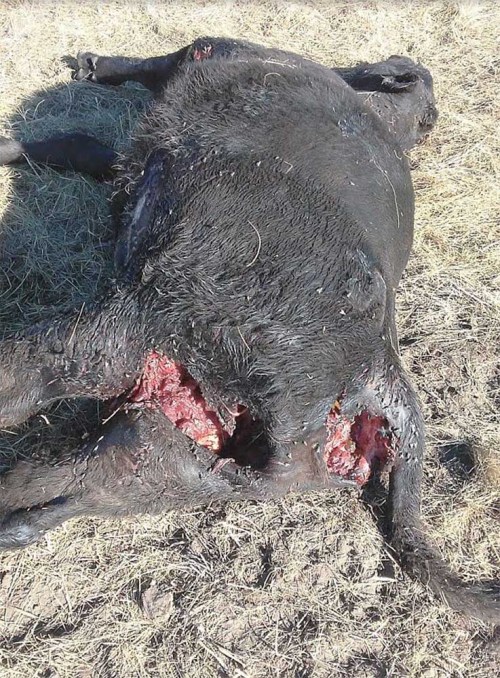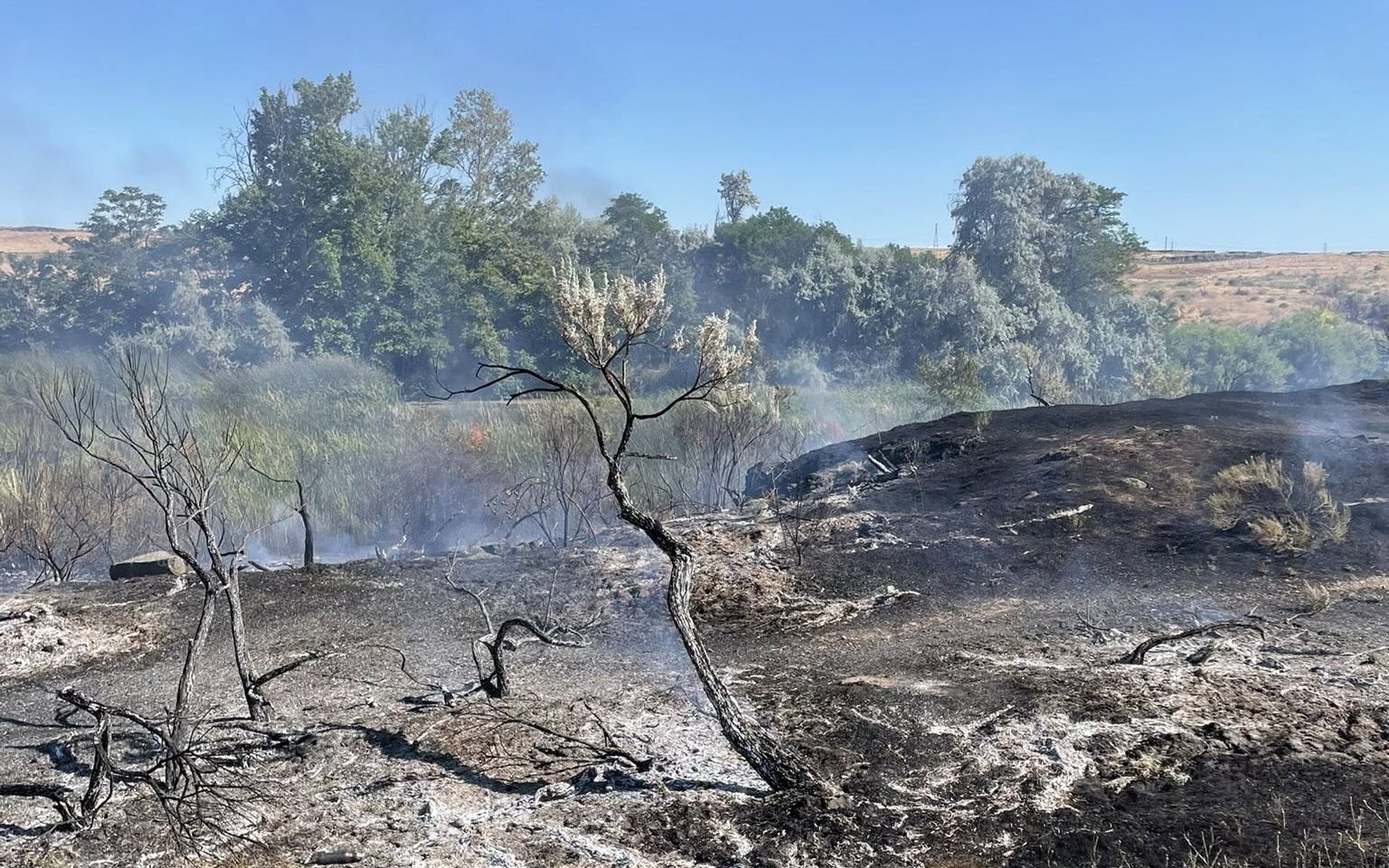Debate stirs over wolf compensation in Oregon
Published 4:45 pm Monday, February 27, 2023
SALEM — Environmental groups are calling on Oregon lawmakers to reform how the state compensates ranchers for livestock lost to wolves.
Under the Wolf Depredation Compensation and Financial Assistance Block Grant Program, counties can apply to reimburse producers for confirmed wolf attacks on livestock and to help pay for non-lethal deterrents such as range riders.
The program, created in 2011 by the state Department of Agriculture, also provides coverage for missing animals over what an operation would consider normal losses.
Senate Bill 471 proposes adding $800,000 to the fund, which ranchers argue is needed to keep up with Oregon’s growing wolf population.
For the 2021-2023 biennium, the wolf compensation fund received $237,000 from ODA, and was matched by $200,000 in federal funding.
But the Oregon Wildlife Coalition and Oregon League of Conservation Voters opposes more money for the program, arguing instead that the rules should be overhauled to improve transparency while building greater social tolerance toward wolves.
Proposed reforms
First, the program should do away with payments for missing livestock, said Bethany Cotton, conservation director for Cascadia Wildlands.
Livestock can go missing for many reasons, Cotton said, including weather, disease and theft. Predation accounts for a relatively small percentage of livestock deaths, yet compensating ranchers for missing animals makes it appear wolves are responsible for more depredations than is actually the case.
That, in turn, has continued to foster intolerance of wolves in rural Oregon and removes incentives for ranchers to closely watch their animals, Cotton said.
“We have not opposed there being a (compensation) program,” Cotton said. “We just oppose putting a whole lot more money into it to address a backlog of missing livestock claims, when it’s clear a majority of those are not due to wolves.”
According to Cotton, there were 50 confirmed wolf depredations in 2021 versus 679 claims for missing cattle.
“Those numbers are clearly out of whack,” she said.
Second, conservationists would like legislators to consider eliminating county wolf committees in favor of one statewide committee to mete out compensation.
Members of county boards are “not necessarily neutral parties,” Cotton said, and may have overlapping interests.
With at least 175 wolves in 16 counties, a statewide committee would bring together biologists and ranchers who have had success with using non-lethal deterrents who can objectively evaluate depredation claims, Cotton said.
“Coexistence is the overarching goal of all our efforts,” Cotton said.
Ranchers respond
Ranchers and cattle groups have long argued they need more support and flexibility to protect their livestock from wolves.
Ellie Gage, chairwoman of the Crook Conty Wolf Committee in Central Oregon, said the compensation system should be reformed — but not in the way environmentalists suggest.
Gage, who ranches near Powell Butte with her husband, Mark, pushed back against the notion of eliminating county wolf committees, saying their members include those who are intimately familiar with the local landscape.
“They have local knowledge that no one in Salem can possibly replace,” Gage said.
Regarding payments for missing livestock, Gage said many ranch families have been working on the land for decades, if not generations. Over that time, they have kept meticulous records about when and where they turn out livestock for grazing, and how many they bring back in at the end of the season.
“Which, arguably, fits the definition of empirical evidence,” she said.
Tom Birkmaier, who grazes cattle in northern Wallowa County, said normal losses for his calves were historically around 1-2% each year. Last year, however, it was 6%.
That included nine confirmed wolf depredations and 20 missing calves, despite spending over 1,000 hours camping near his herd to haze wolves.
“It was just brutal. I slept in my pickup, I walked, and if I heard them howl I’d get out and try to make as much noise as possible,” Birkmaier said. “All I managed to do with that time was find my dead (animals).”
While the confirmed depredations are fully compensated, Birkmaier said there’s never been enough funding to cover more than half the full value of missing calves.
In today’s market, a steer calf may be worth $1,200. For 20 missing, that adds up $24,000.
Indirect losses
Increasing funding for compensation would be a step in the right direction, Birkmaier said, but doesn’t address everything.
John Williams, wolf committee co-chairman for the Oregon Cattlemen’s Association, pointed to indirect financial losses such as reduced weight gain and pregnancy rates when wolves chase and scare cattle.
Williams also cites a 2003 study that determined ranchers only find one out of eight animals killed by wolves in steep, rugged terrain.
Some ranchers have become so frustrated they’ve given up on participating in the program all together, Williams said.
“It’s just horribly slow and painful to get the wolves here managed,” Williams said. “We need to get them normalized. Normalized means you have an issue, you deal with it, and it’s not front page news. It’s just what you do.”
Providing additional compensation may help with rancher participation, though he said broader management changes are needed for ranchers to protect their livelihoods.
“We need to get on this,” he said. “The only way to do this is to be proactive.”







